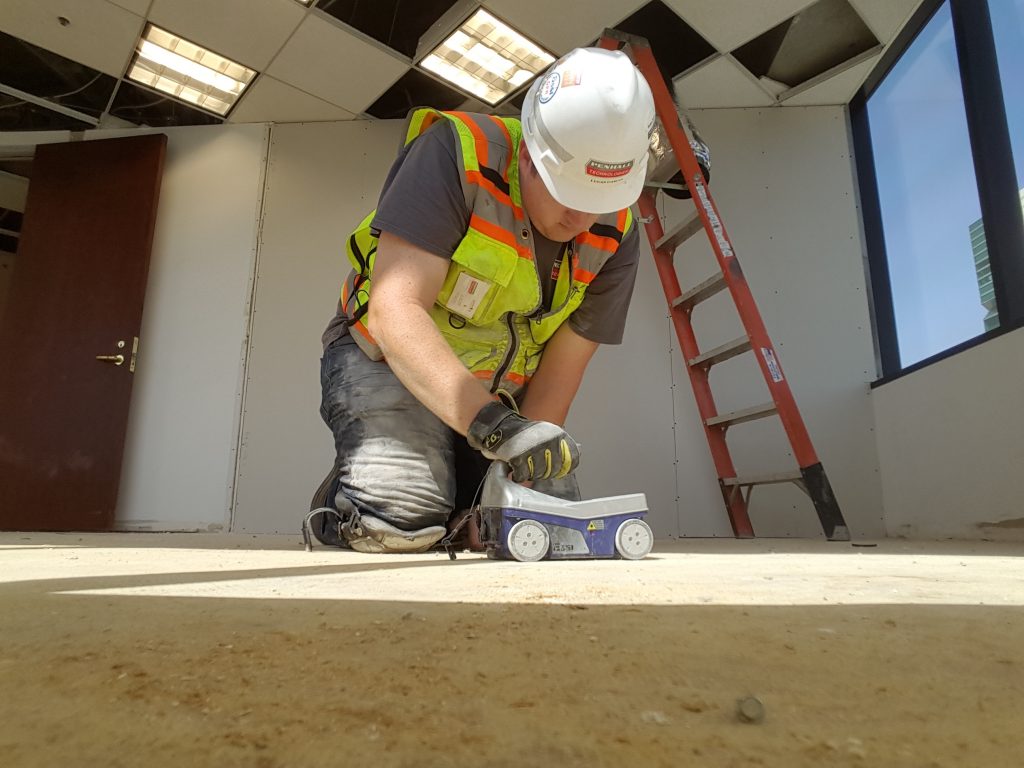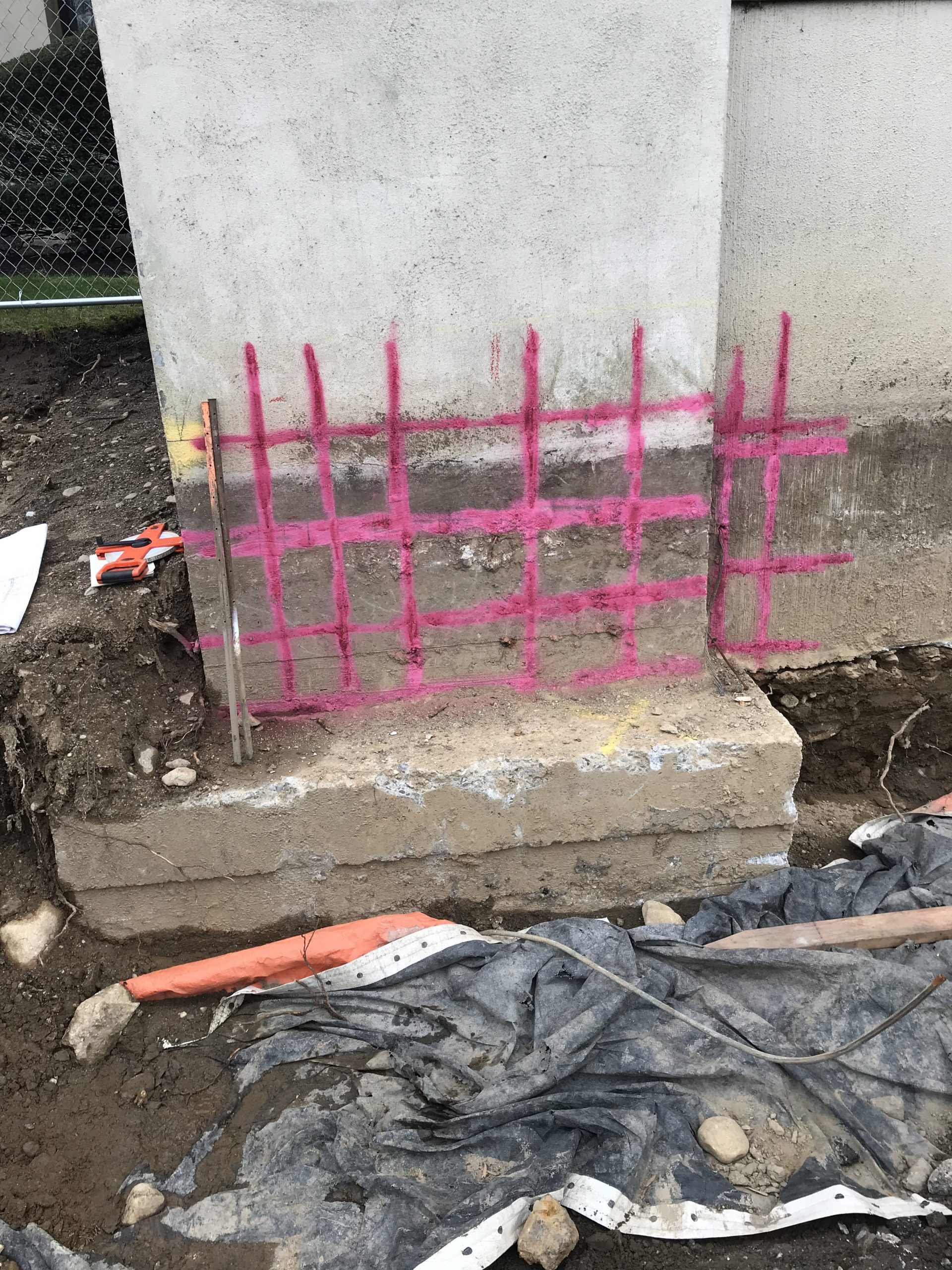Picking the Right Concrete Scanning Tools
Picking the Right Concrete Scanning Tools
Blog Article
Introduce the Transformative Power of Concrete Scanning in Making The Most Of Efficiency and Safety
Concrete scanning has emerged as an essential tool in the construction market, providing unparalleled benefits in boosting project performance and guaranteeing safety and security requirements. By utilizing sophisticated technology, concrete scanning permits professionals to see beyond the surface area, uncovering surprise complexities that might influence the architectural stability of a structure. The transformative power of concrete scanning lies in its capability to give real-time data and thorough insights, revolutionizing exactly how tasks are planned and performed. As we dive into the complexities of this cutting-edge strategy, a world of opportunities opens, showcasing a new era of building and construction methods that focus on accuracy and safety.
Value of Concrete Scanning
Making certain the architectural honesty and security of construction tasks starts with the critical action of carrying out thorough concrete scanning. Concrete scanning is a non-destructive method utilized to find and map subsurface components within concrete frameworks. This procedure is important in identifying possible threats, such as rebar, post-tension cords, and channels, that might be hidden within the concrete. By making use of sophisticated technologies like ground-penetrating radar (GPR) and electro-magnetic induction, construction groups can accurately situate these aspects without creating any damages to the structure.
Additionally, concrete scanning helps in optimizing task timelines and budget by avoiding unexpected costs and hold-ups that might emerge due to unexpected obstructions within the concrete. Eventually, investing in extensive concrete scanning is a positive method that improves both efficiency and safety in building and construction projects.
Exactly How Concrete Scanning Works
Concrete scanning operates as an essential device in construction tasks by employing innovative innovations to spot and map subsurface elements without triggering structural damage. Ground Penetrating Radar (GPR) and Electromagnetic Induction (EMI) are 2 key methods used in concrete scanning.
During the scanning procedure, the data gathered is analyzed in real-time, allowing immediate recognition of possible hazards or challenges under the surface area. This info aids in decision-making, making certain that construction activities continue safely and effectively. Additionally, 3D imaging software can be utilized to produce detailed maps of the subsurface components, further enhancing job preparation and implementation. By employing these sophisticated technologies, concrete scanning substantially minimizes the threat of expensive problems and injuries on construction websites.
Advantages of Concrete Scanning
One of the primary advantages of concrete scanning is the ability to find and situate embedded things such as rebar, post-tension cords, and conduits precisely. Concrete scanning helps in preparation and designing extra successfully, as it provides specific info concerning the place and deepness of structural parts.

Case Studies: Concrete Scanning Success

In an additional situation, a building and construction business used 3D concrete scanning to analyze the condition of maturing concrete structures in a historical structure. The thorough scans supplied valuable understandings into the level of damage and aided focus on maintenance initiatives effectively. By proactively addressing locations of worry recognized through scanning, the business was able to extend the lifespan of the framework and make sure resident safety and security.
These instance studies underscore the transformative power of concrete scanning in boosting performance, accuracy, and safety in building and construction tasks.
Executing Concrete Scanning in Projects
Carrying out advanced scanning innovations during construction jobs has ended up being increasingly important for improving accuracy and safety and security. By incorporating concrete scanning into task preparation and execution, building and construction teams can determine potential hazards, such as rebar or post-tension cables, hidden within concrete structures. This proactive method lessens the risk of mishaps, delays, and pricey rework, ultimately resulting in extra efficient job timelines and budget plans.
To apply concrete scanning properly, task managers should team up closely with skilled scanning professionals to determine one of the most my website ideal scanning methods for the like this particular task requirements. Involving scanning experts from the onset of a job makes it possible for the team to create detailed scanning strategies that resolve key locations of concern and make sure comprehensive information collection.
Additionally, integrating concrete scanning into normal project operations can improve decision-making procedures, as real-time scan data offers prompt insights right into the condition of concrete frameworks - Concrete Scanning. This data-driven approach assists in informed analytic and makes it possible for groups to make adjustments without delay, cultivating a Click This Link culture of performance and safety throughout the job lifecycle

Final Thought
In conclusion, concrete scanning plays a vital duty in enhancing effectiveness and security in building projects. By utilizing sophisticated modern technology to detect and map out underlying frameworks within concrete, this procedure assists to stop expensive errors, make sure structural honesty, and decrease risks on site. With the ability to uncover covert elements and supply precise information, concrete scanning verifies to be a beneficial device for maximizing task outcomes and making best use of total success.
Concrete scanning is a non-destructive approach made use of to identify and map subsurface components within concrete frameworks. In addition, concrete scanning aids in maximizing job timelines and budget plan by preventing unforeseen costs and delays that might emerge due to unpredicted blockages within the concrete. One remarkable situation research study includes a massive restoration job where concrete scanning played an important function in making certain project success.In an additional instance, a building company utilized 3D concrete scanning to analyze the problem of maturing concrete frameworks in a historical structure. By integrating concrete scanning into task planning and execution, building and construction groups can determine potential threats, such as rebar or post-tension cords, concealed within concrete structures.
Report this page